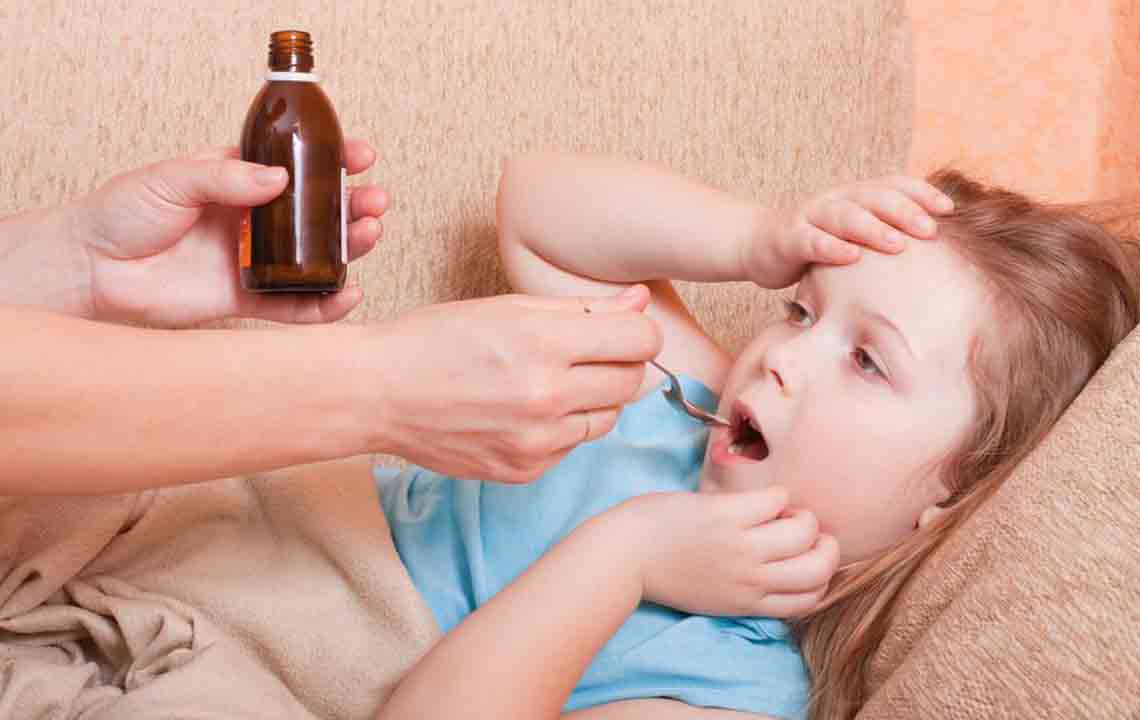Comprehensive Guide to Recognizing and Managing Spring Allergies Effectively
This comprehensive guide explores the early signs of spring allergies and offers effective strategies for management. Understanding common symptoms like sneezing, itchy eyes, and nasal congestion, along with triggers such as pollen and pet dander, can help sufferers prevent discomfort. Practical tips include medications, home remedies, and lifestyle adjustments for a healthier spring season. By recognizing symptoms early and adopting proactive measures, individuals can enhance their well-being and fully enjoy the beauty of spring despite allergy challenges.

Springtime is often celebrated for its vibrant blooms, fresh air, and longer daylight hours, making it a favorite season for many. However, for individuals prone to allergies, this season also signals the onset of troublesome symptoms caused by pollen, dust, and other environmental allergens. While spring allergies are common, understanding their signs and adopting effective management strategies can significantly improve quality of life during this season.
Spring allergy season primarily results from the increased presence of pollen from trees, grasses, and weeds, alongside other environmental factors such as dust mites, pet dander, and airborne pollutants. These allergens trigger immune responses that lead to symptom manifestation. Recognizing the early signs of allergies allows sufferers to take proactive measures to prevent discomfort and avoid complications.
What Are Common Symptoms of Spring Allergies?
Symptoms can vary in intensity, influenced by individual sensitivities and environmental conditions. Typical signs of spring allergies include recurring sneezing episodes, nasal congestion, and itchy or watery eyes. These symptoms often appear as a response to allergen exposure and can impair daily activities and overall well-being.
Sneezing: Frequent and sometimes uncontrollable sneezing is often the first observable sign.
Runny or congested nose: Allergens can cause the nasal passages to swell, leading to a blocked or runny nose.
Itchy and watery eyes: Allergic conjunctivitis results in redness, itching, and tearing of the eyes.
Sinus pressure and headaches: Blocked sinuses can cause facial pain and headaches.
Other symptoms: Mild coughing, sore throat, fatigue, or even mild respiratory discomfort may also occur.
Less Common but Noteworthy Symptoms
For some individuals, spring allergies may lead to more severe reactions, especially if not managed appropriately. These include difficulty breathing or wheezing, which can mimic asthma symptoms, and prolonged coughs that interfere with sleep and daily activities. Recognizing these signs early is crucial for timely intervention.
What Are the Common Triggers of Spring Allergies?
Understanding what causes allergy symptoms helps in minimizing exposure. The main allergens encountered during spring include:
Pollen from Trees, Grasses, and Weeds: The primary culprits, with tree pollen being most prevalent early in the season and grass and weed pollen later in spring and summer.
Dust Mites and Indoor Allergens: Increased heating and less ventilation can lead to higher dust accumulation.
Pet Dander: Pets shedding fur and skin may exacerbate allergy symptoms, especially in enclosed spaces.
Air Pollution: Elevated levels of airborne pollutants can worsen respiratory symptoms associated with allergies.
Why Monitoring Symptoms Matters
Keeping track of allergy signs helps distinguish between allergies and other respiratory illnesses such as colds or flu. It also enables individuals to identify specific triggers, allowing for better management. Chronic or severe allergies might result in secondary infections like sinusitis or trigger asthma episodes, making symptom monitoring a vital aspect of health maintenance.
Strategies to Manage and Alleviate Spring Allergies
While there is no definitive cure for allergies, various treatments and home remedies can substantially reduce symptoms and improve comfort:
Medications
Antihistamines: Help block histamine release, alleviating sneezing, itching, and runny nose.
Decongestants: Reduce nasal swelling, facilitating better airflow.
Nasal corticosteroids: Decrease inflammation within nasal passages.
Leukotriene receptor antagonists: Alternative options for managing allergy symptoms.
Home and Herbal Remedies
Saline nasal sprays: Clear nasal passages and reduce irritation.
Steam inhalation: Moisturizes airways and relieves congestion.
Honey and herbal teas: Known for their soothing properties.
Avoidance strategies: Staying indoors during peak pollen times, keeping windows closed, and using air purifiers to filter allergens.
Lifestyle Adjustments
Regular cleaning: Frequent dusting, vacuuming with HEPA filters, and washing bedding helps reduce indoor allergens.
Wearing masks outdoors: Especially during high pollen days.
Monitoring pollen counts: Planning outdoor activities when pollen levels are lower.
When to Seek Medical Advice
If allergy symptoms persist despite over-the-counter treatments or if they worsen, consulting a healthcare professional is recommended. In some cases, allergy testing may be necessary to identify specific sensitivities. Also, persistent symptoms should be evaluated to rule out other health conditions or complications like sinus infections or asthma exacerbations.
Conclusion: Embrace the Spring Season with Preparedness
Spring's natural beauty comes with the challenge of managing allergies for sensitive individuals. By recognizing common signs and implementing effective management strategies, allergy sufferers can enjoy the season without significant discomfort. Combining medication, lifestyle changes, and monitoring can lead to a more comfortable and enjoyable spring experience. Remember, proactive measures and prompt medical attention are key to minimizing allergy impacts and ensuring health and well-being during the blooming season.





